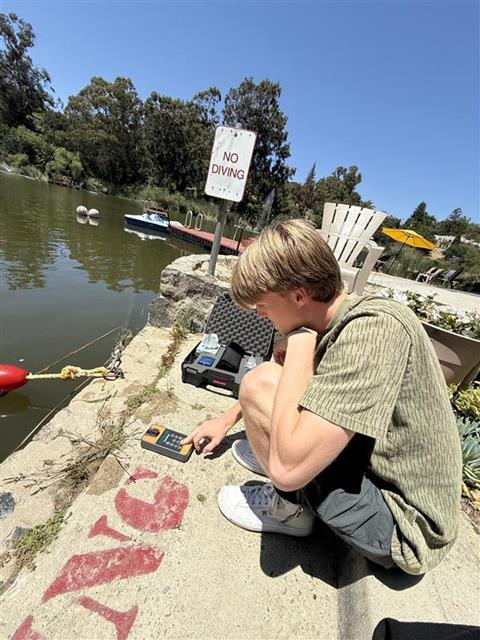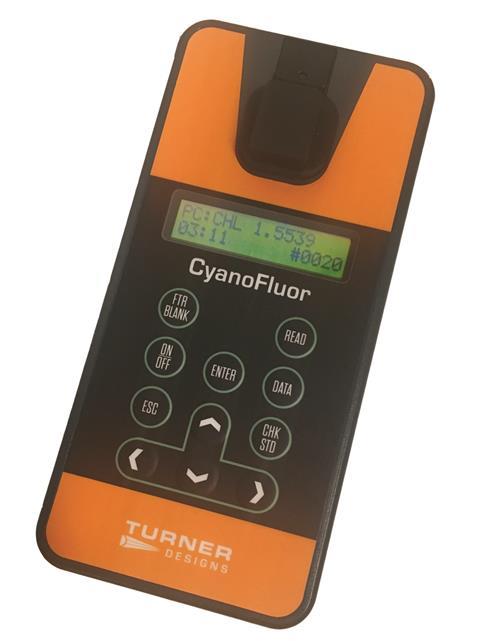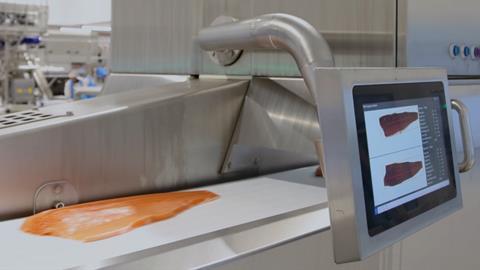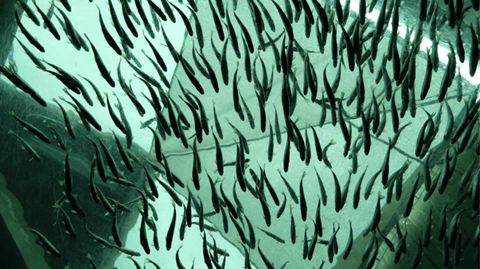In the face of increasing freshwater challenges, the need for rapid, accurate, and scalable tools to monitor harmful algal blooms (HABs) has never been greater.

A recent study by Le VV and Wilson AE (2025), published in Lake and Reservoir Management, highlights a compelling step forward in that direction: the Turner Designs CyanoFluor, a portable fluorometer designed for quantification of cyanobacterial abundance. This instrument’s potential was tested over three years and across a broad productivity gradient – from pristine drinking water reservoirs to nutrient-rich aquaculture ponds.

Why Cyanobacterial Bloom Monitoring Matters
HABs impact water quality, threaten aquatic ecosystems, and pose serious risks to public health. With projections showing an uptick in the frequency and intensity of blooms due to climate change and nutrient pollution, early detection is a top priority for water resource managers.
Traditional tools like microscopy remain valuable but are often too slow, resource-intensive, and impractical for real-time field deployment. Other sophisticated techniques—such as high-performance liquid chromatography, PCR, or satellite sensing—face barriers like high cost, limited applicability to small waterbodies, or environmental interference.
This is where fluorescence- based instruments, like CyanoFluor, offer a better solution. By detecting natural pigments like chlorophyll-a (Chl-a, present in all phytoplankton) and phycocyanin (PC, specific to cyanobacteria), fluorometers allow for rapid estimation of bloom conditions in real time.
A Broad Study Across Diverse Waters
From 2017 to 2020, researchers collected 1,043 water samples from various freshwater bodies, including:
- 88 drinking water reservoir sites (315 samples)
- 45 aquaculture ponds (728 samples)
Samples were tested live in the field with the CyanoFluor, measuring raw fluorescence units (RFUs) for Chl-a and PC. These data were then compared to standard laboratory extractions using Turner Designs’ Trilogy benchtop fluorometer.
The results revealed a strong linear correlation between CyanoFluor Chl-a readings and extracted Chl-a (R² = 0.855)
These findings demonstrate that CyanoFluor’s readings closely mirror traditional lab methods, but with the added advantage of immediacy.

Real-Time Data in Less Than 30 Seconds
The CyanoFluor’s standout feature is its ability to deliver meaningful measurements in under 30 seconds without the need for laboratory processing. This makes it a powerful tool for:
- Utility managers monitoring source water
- Environmental scientists conducting field research
- Aquaculture operators managing water quality
Using fluorescence, the instrument calculates the PC:Chl-a ratio, an indicator of cyanobacterial dominance. Turner Designs suggests that ratios > 0.5 >1 signal a bloom risk—especially when combined with high algal biomass.
Interestingly, the study also found that CyanoFluor detected a PC signature in 167 samples (mostly from drinking water reservoirs) where the extraction method failed to detect it at all—highlighting CyanoFluor’s greater sensitivity.
Translating Fluorescence into Usable Data
To ensure meaningful comparison, researchers applied standardized formulas to convert RFUs into pigment concentrations. The CyanoFluor measurements demonstrated:
- Estimated Chl-a concentrations with strong agreement to extracted values (R² = 0.935)
Despite some variance, the linear regressions confirm that CyanoFluor provides robust, usable data —and does so in near real time.
The Importance of Fluorescence Technology in HAB Monitoring
While no single tool can solve the complexities of HAB detection, fluorometers are uniquely positioned to offer practical, cost-effective solutions. Compared to other techniques:
| Method | Real-Time | Field-Ready | Cost-Effective | Species-Specific |
|---|---|---|---|---|
|
Microscopy |
✘ |
✘ |
✘ |
✔ |
|
Chromatography |
✘ |
✘ |
✘ |
✔ |
|
PCR / Molecular |
✘ |
✘ |
✘ |
✔ |
|
Satellite Sensors |
✔ |
✔ weather |
✔ |
✘ |
|
CyanoFluor |
✔ |
✔ |
✔ |
Partial ✔ |
Though fluorescence isn’t species-specific, it’s excellent for detecting overall bloom conditions, making it ideal for early warning systems and bloom progression tracking.
Conclusion: A Step Forward for Field Monitoring
The study by Le VV and Wilson AE offers compelling evidence that Turner Designs’ CyanoFluor is a valuable tool for HAB monitoring. With proven sensitivity, fast response times, and ease of use, this handheld fluorometer provides water resource managers and field scientists with real-time insight that can guide treatment, response, and research.
As Harmful Algal blooms continue to pose threats to ecosystems and communities, tools like CyanoFluor bring science closer to the source—quickly, reliably, and affordably.
Read the full article here:
Full article: A handheld fluorometer evaluates freshwater cyanobacterial blooms across a broad productivity gradient
Explore more about CyanoFluor and how it’s supporting freshwater health here:
CyanoFluor Handheld HAB Indicator | Turner Designs | United States
Watch the CyanoFluor in the Field with Dr. Alan Wilson:
CyanoFluor in the Field with Dr. Alan Wilson













